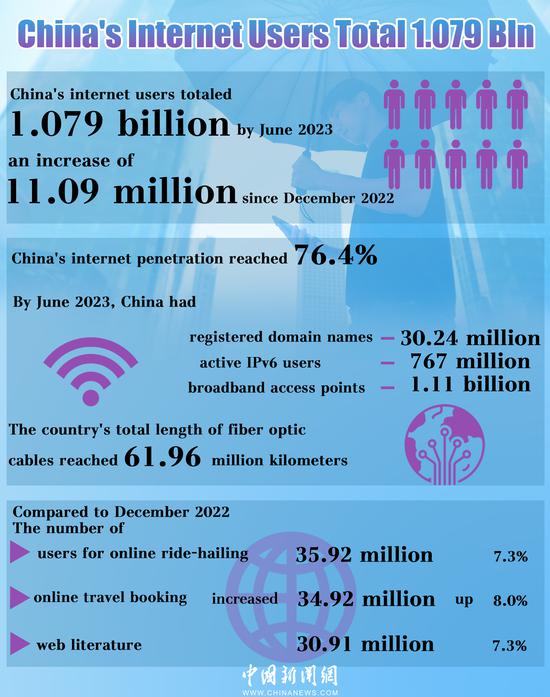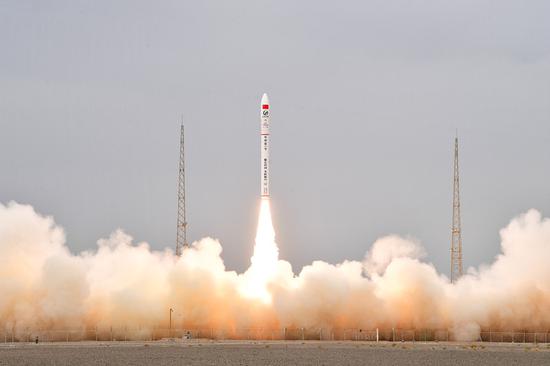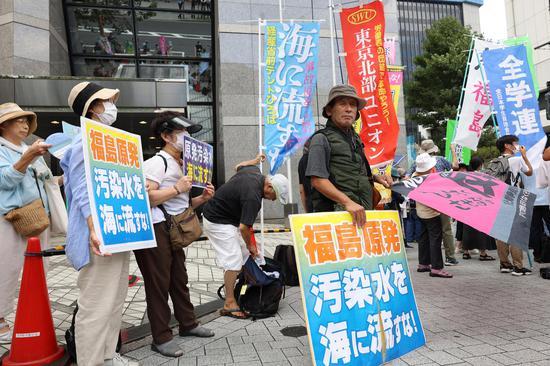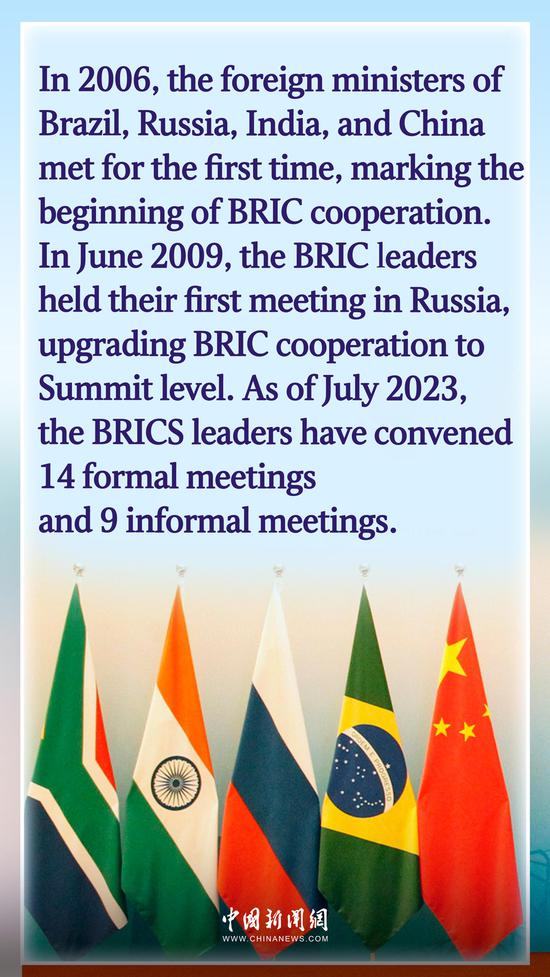(ECNS) -- A new report points out that the combined impact of the COVID-19 pandemic, geopolitical conflicts, inflation, and economic slowdown has led to a reversal in the global antipoverty progress achieved in the past years, affecting countries and regions worldwide.
The report, named Global Development Report 2023, was released Tuesday by the Center for International Knowledge on Development (CIKD).
The report states that although the 1997-1998 Asian financial crisis also led to a reversal in global poverty reduction efforts, its crisis origins were singular, its regional impact was limited, and effective regional cooperation helped contain its impact on global poverty.
According to World Bank data, the global extreme poverty population increased by only 2.84 percent during the 1997-1998 period, with over 60 percent of this increase coming from East Asia and the Pacific region. And just two years after the Asian financial crisis, the global extreme poverty population returned to the pre-crisis levels of 1996.
Citing the World Bank's projections in 2022, the report indicates that under current expanding global inequality, sluggish economic growth, and high inflation, the global poverty incidence in 2030 is projected to be 6.8 percent, with a total poverty population of 574 million. This suggests that the goal of eradicating poverty is essentially unattainable.
Even in more developed European countries, there has been a reversal in the relative poverty incidence, the report says.
The report points out that soaring energy and food prices have created significant economic, social, and political pressures. According to data from the European Union's statistical office Eurostat, the progress in reducing relative poverty in European countries, as measured by a standard of 60 percent of median income, was significant from 2015 to 2019, with a continuous decline in poverty rates.
However, from 2020 to 2021, relative poverty rates in Europe have risen against the trend. Among the 31 countries with available data for 2021, 11 countries saw an increase in relative poverty rates compared to the previous year.
The report also stresses that global poverty populations are further concentrating. According to World Bank projections, the newly added poverty resulting from the COVID-19 pandemic is primarily concentrated in South Asia, East Asia and the Pacific, and Sub-Saharan Africa. Considering the population size in each region, South Asia and Sub-Saharan Africa have the highest proportion of newly added poverty populations.


















































 京公网安备 11010202009201号
京公网安备 11010202009201号